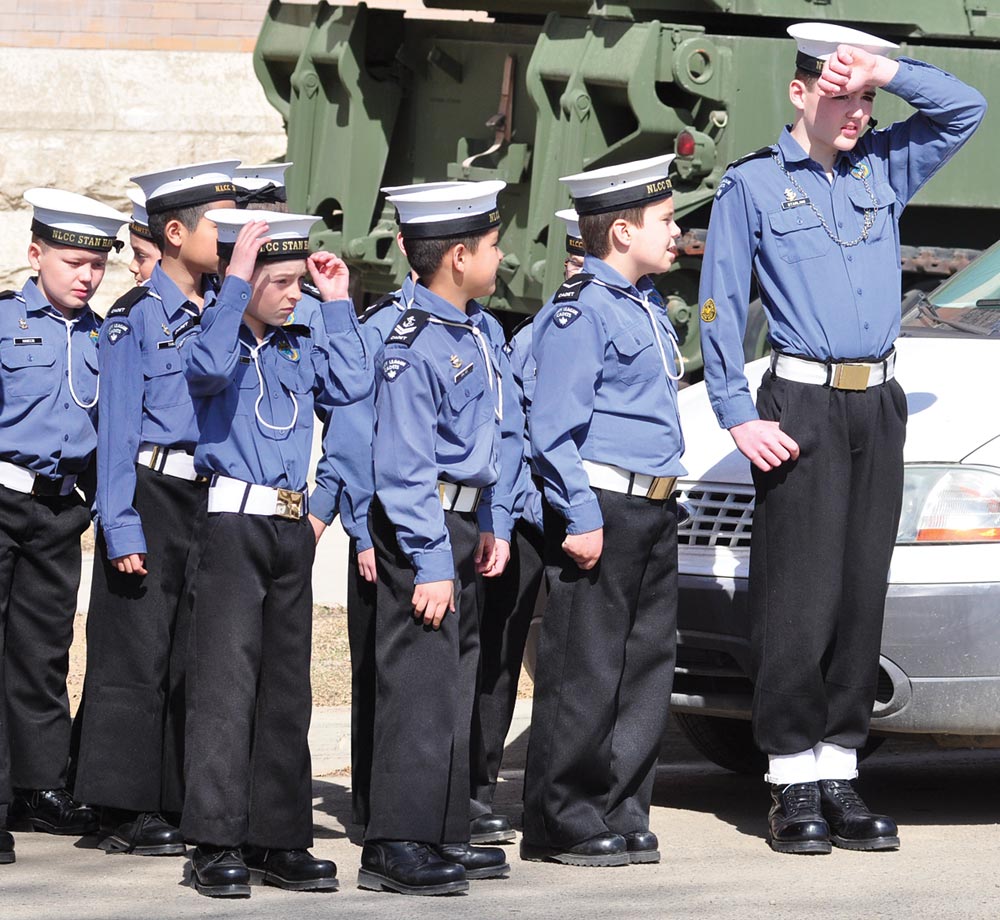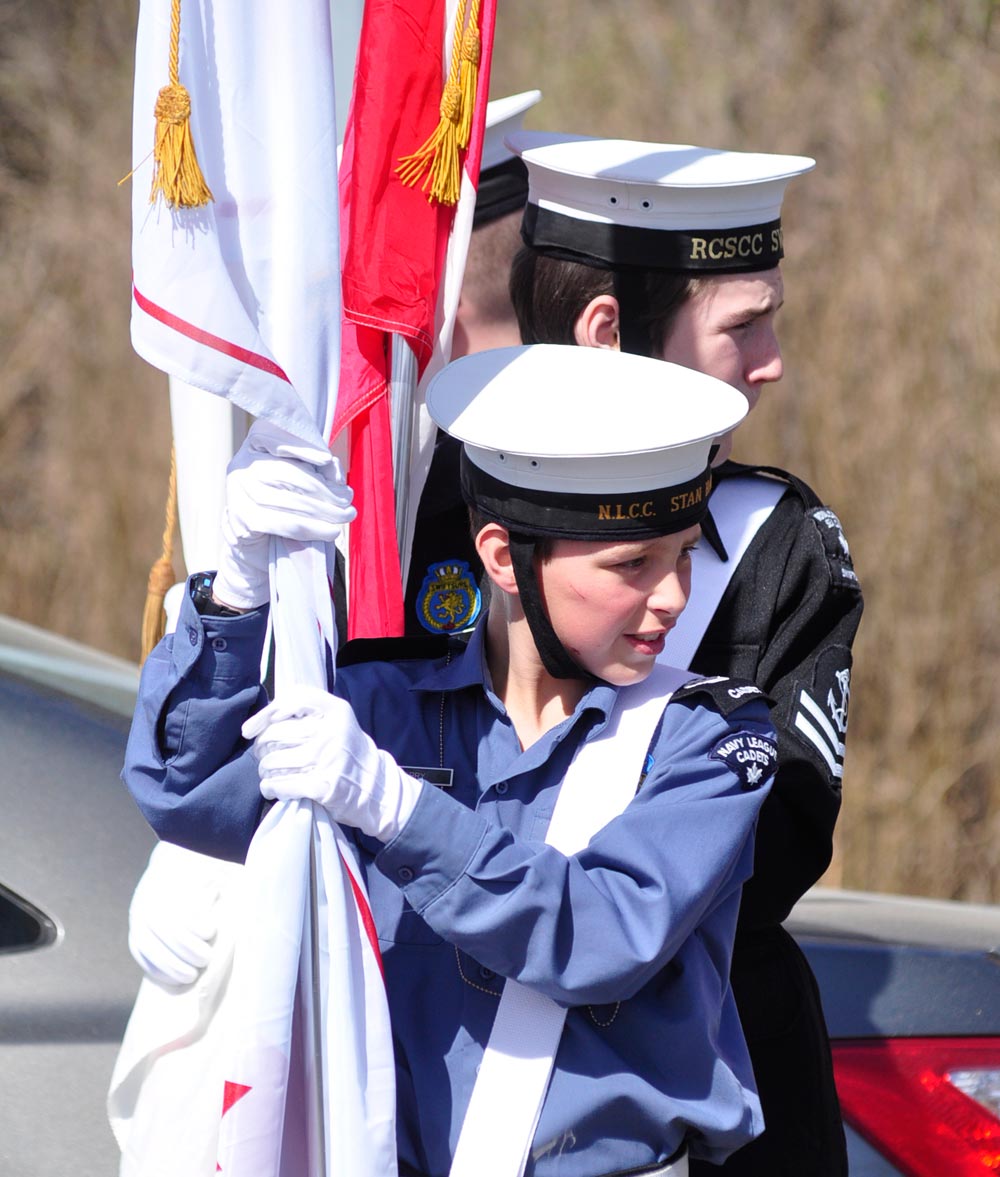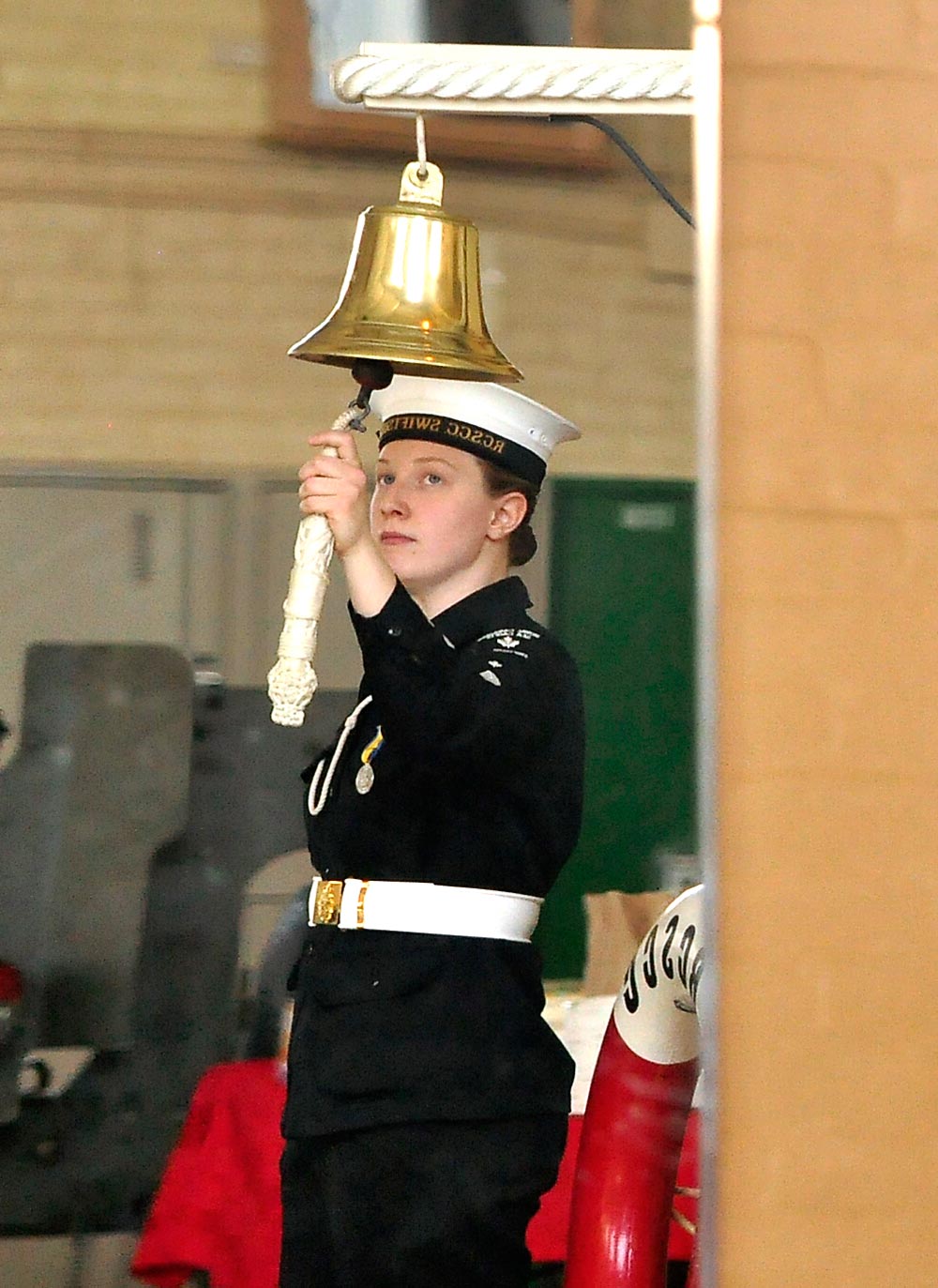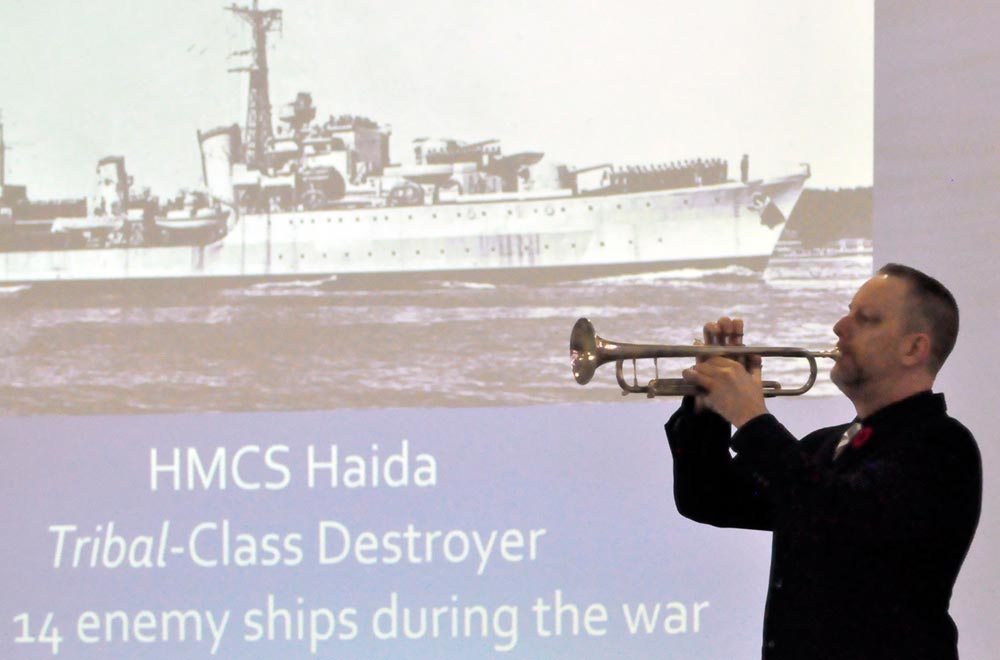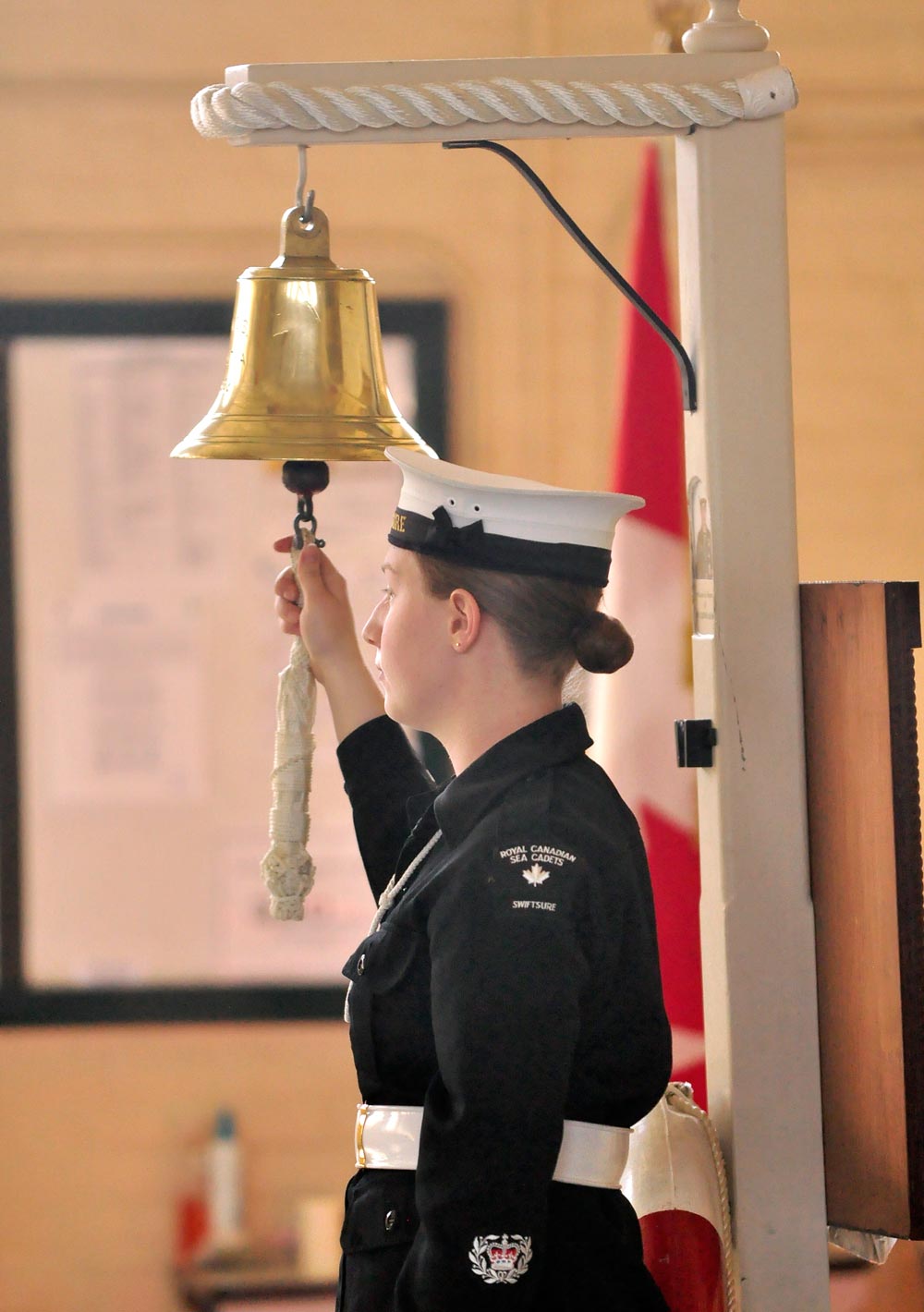
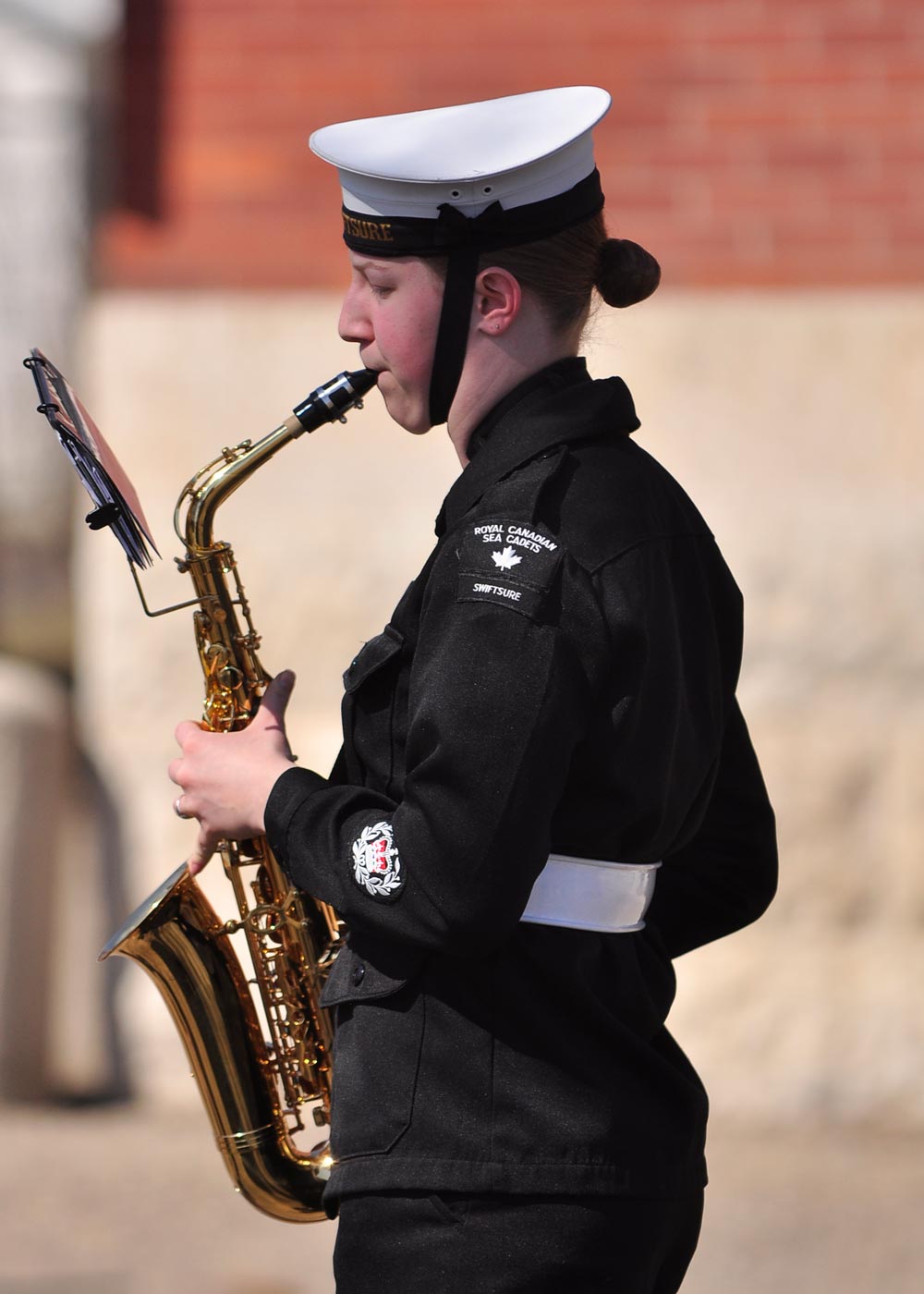
Shilo Stag
Canadians from coast to coast to coast commemorated the 78th anniversary of the end of action in the Battle of Atlantic and the sacrifices of thousands of Canadians who fought valiantly from 1939 to 1945 during the longest campaign of the Second World War.
This year’s events held May 7, aligned with the 100th anniversary of the Naval Reserve Centennial, acknowledged the critical contributions made by Royal Canadian Navy (RCN) Volunteer Reserve citizen-sailors from 1939 to 1945.
Local ceremonies and commemorative events were held in communities across the country, including Brandon at the armoury.
Each year on the first Sunday in May, Canada and its naval community commemorate the individuals who perished at sea during the Battle of Atlantic, the longest campaign of the Second World War.
“The Battle of the Atlantic was the longest, and one of the most important, campaigns of the Second World War. It was won through the courage, determination, and strength of thousands of Canadians who served and fought — or built and supported the warships which did,” said RCN Comd Vice Admiral Angus Topshee.
“This year also marks the 100th anniversary of the Naval Reserve, which totalled over 80 per cent of the Royal Canadian Navy during this vital battle. Today, we remember them, alongside all those who fought and sacrificed at sea for our freedom.”
Quick Facts
• The Battle of the Atlantic began on Sept. 3, 1939, with the sinking of the SS Athenia by German submarine U-30. Allied forces fought for control of the North Atlantic Ocean to supply the war effort from 1939 to 1945, making this the longest campaign of the Second World War.
• The RCN grew from a mere six destroyers and 3 500 personnel in 1939, to one of the largest navies in the world. By 1945, Canada’s naval forces comprised of 373 fighting ships, and more than one hundred thousand sailors.
• This campaign was fought largely by naval reservists, who served in small ships, built in Canada, and operating out of Canadian bases. The defence of North Atlantic trade, against the German submarine service, defined a naval role for Canada within a much larger alliance. After 1945, the RCN became one of the best anti-submarine navies in the world.
• Almost 7,000 women served their country in a wide variety of crucial naval roles during the War. Serving with the Women’s Royal Canadian Naval Services, created in 1942, these Canadians undertook vital work in 39 important occupations, such as signalling, coding, and wireless telegraphy.
• Our sailors and airmen sank or shared in the destruction of 50 U-boats, while they escorted 25,000 merchant ships during the war. These crucial vessels of the merchant navy delivered more than 165 million tonnes of life and war-sustaining cargo to Europe.
• More than 400 merchant ships were built in Canadian shipyards. Canada produced more than 3,000 landing craft and over 300 anti-submarine warships, among them four Tribal class destroyers.
• In 1943, Rear Admiral Leonard Murray was put in charge of the Allied Air and Naval forces in the Northwest Atlantic — the only Canadian to command an Allied theatre of conflict in either World War.
• During the Battle of the Atlantic, of the 175 Allied warships sunk, 24 were Canadian. Sixty-two vessels, out of the 2,600 merchant ships lost during the campaign, were from Canada.
More than 2,700 members Royal Canadian Navy, and 1,600 Canadian Merchant Navy sailors, died during the Battle.
